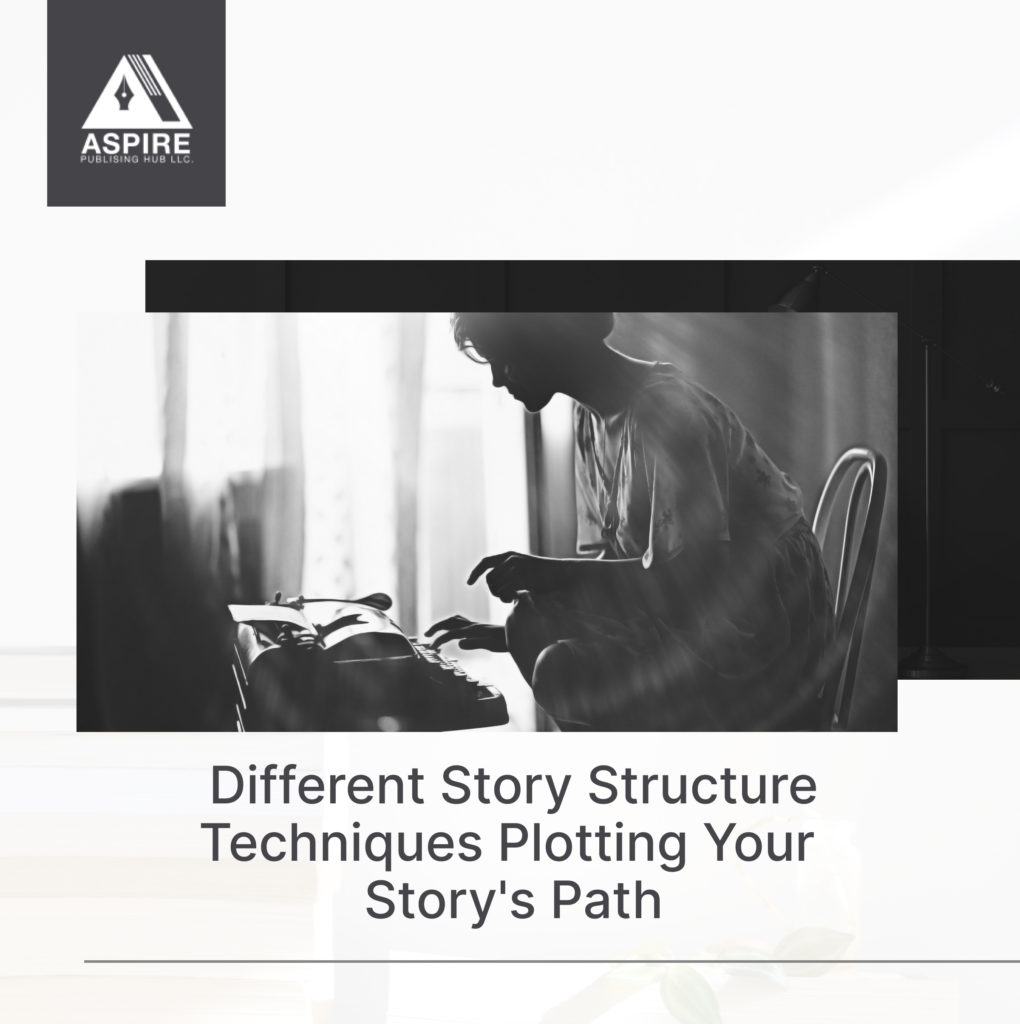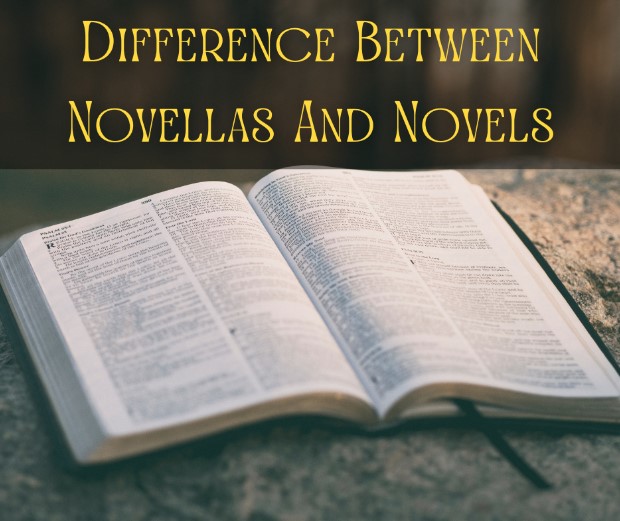Are you an aspiring writer looking to craft a compelling story that captivates readers from start to finish? Look no further! This immersive guide will dive deeply into story structure techniques, helping you plot your story’s path with precision and finesse. From the classic three-act structure to the intricate web of plot points, we’ll explore a range of proven methods by renowned authors and screenwriters.
Discover how to create a seamless narrative flow, build tension, and deliver satisfying payoffs that leave your audience craving more. Whether you’re penning a thrilling mystery, a heart-wrenching romance, or an epic fantasy, mastering the art of storytelling structure is essential. Get ready to unravel the secrets behind crafting unforgettable tales that resonate with readers long after turning the final page.
The Importance of Story Structure
Every great story has a strong foundation, and that foundation is none other than story structure. Think of it as the skeleton supporting your narrative’s flesh and blood. With a well-defined structure, your story can feel cohesive, clear, and strong in tension. Story structure provides a roadmap for your plot, ensuring it unfolds logically and engagingly. It helps you organize your ideas, develop compelling characters, and keep readers invested from beginning to end.
One of the key benefits of using a story structure is that it allows you to create a seamless narrative flow. By understanding the underlying structure, you can strategically place plot points, twists, and character development moments at the proper intervals, building tension and keeping readers hooked. Additionally, a well-crafted structure ensures your story has a satisfying payoff, leaving readers with closure or anticipation for what’s to come.
Story structure is a guiding principle that helps you shape your story into a cohesive and impactful experience. It provides a framework within which you can unleash your creativity while still adhering to the principles of storytelling that have stood the test of time. Now that we understand the importance of story structure let’s explore some of the most popular techniques used by writers and screenwriters.
Traditional Story Structure Models: The Three-Act Structure
The Three-Act Structure is one of literature and film’s most widely used story structure models. It divides a story into three distinct acts: the setup, confrontation, and resolution. Each act has a specific purpose and sets the stage for the following events.
In the setup (Act 1), the main characters are introduced, the world is established, and the central conflict is introduced. This act typically ends with a turning point, known as the inciting incident, which sets the story in motion.
The confrontation (Act 2) is the longest part of the story, where the protagonist faces obstacles, undergoes character development, and encounters various conflicts. This act is often divided into two parts: the rising action, where tension and stakes increase, and the midpoint, which marks a significant turning point or revelation.
The resolution (Act 3) is where the story reaches its climax, followed by the falling action and the outcome, where loose ends are tied up, and the story concludes. This structure provides a clear and linear progression, ensuring that the story develops satisfactorily and is well-paced.
Alternative Story Structure Models: The Hero’s Journey
While the Three-Act Structure is immensely popular, many writers use alternative story structure models to add depth and complexity to their narratives. One such model is the Hero’s Journey, popularized by Joseph Campbell. This structure follows the protagonist’s transformational journey, encompassing various stages and archetypes.
The Hero’s Journey typically begins with the protagonist being called to adventure, stepping out of their ordinary world into the unknown. They face trials and tests, encounter mentors and allies, and ultimately confront their greatest fear or challenge. Through this journey, the protagonist undergoes personal growth, acquires new skills and wisdom, and returns to their ordinary world transformed.
What sets The Hero’s Journey apart is its emphasis on the inner transformation of the protagonist and the exploration of universal themes. This structure allows a deeper exploration of the hero’s psyche and motivations, creating a more profound and resonant narrative.
Non-linear Story Structure: Flashbacks and Parallel Timelines
While many stories follow a linear narrative, some writers experiment with non-linear story structures to create intrigue and complexity. Flashbacks and parallel timelines are two techniques commonly employed to achieve this effect.
Flashbacks are scenes that take the reader back in time, providing crucial backstories or revealing significant events that shape the present narrative. They can deepen character development, add mystery, or create dramatic irony. Flashbacks should be used sparingly and purposefully, ensuring they contribute to the overall story progression.
On the other hand, parallel timelines involve interweaving multiple storylines that coincide or at different points in time. This technique allows for exploring multiple perspectives, creating suspense and tension as the connections between the timelines are gradually revealed. However, it requires careful execution to ensure everything is clear and cohesive.
Experimental Story Structure: Fragmented Narratives and Multiple Perspectives
For those looking to push the boundaries of storytelling, fragmented narratives, and multiple perspectives offer exciting possibilities. Fragmented narratives present the story in a non-linear and disjointed manner, with events and scenes presented out of chronological order. This technique can create a sense of disorientation or mystery, forcing readers to piece together the narrative puzzle.
Multiple perspectives allow the story to be told through the eyes of different characters, offering unique insights and contrasting viewpoints. This technique adds depth to the narrative, allowing readers to explore other facets of the story and understand the motivations and experiences of various characters.
However, it’s essential to approach experimental story structures with caution. While they add novelty and intrigue, they can alienate or confuse readers if not executed effectively. Maintaining clarity and ensuring that the structure serves the story rather than overshadowing it is crucial.
Choosing the Right Story Structure for Your Story
With many story structure techniques, how do you choose the right one for your story? The answer lies in understanding your narrative’s genre, themes, and intended impact. Different story structures lend themselves better to specific genres or storytelling styles.
For example, the Three-Act Structure is well-suited for straightforward narratives that require a clear progression and resolution, such as mysteries or romances. The Hero’s Journey is ideal for epic adventures or personal growth and transformation stories. Non-linear structures like flashbacks and parallel timelines work well for stories that require suspense or explore complex character relationships.
Consider the tone and emotional impact you want to achieve with your story. Do you want to keep readers on the edge of their seats, or do you want to delve deep into the psyche of your characters? You can create a more cohesive and impactful narrative by aligning the structure with your desired outcome.
Tips for Effectively Using Different Story Structure Techniques
Regardless of your story structure, there are a few tips to keep in mind to ensure its effective implementation. First and foremost, create a solid outline or plan before diving into the writing process. This will help you organize your ideas and identify key plot points or scenes that must be placed strategically.
Next, consider the pacing and balance of your story. Use the structure to create tension, build momentum, and provide moments of release. Avoid long stretches without significant developments or pivotal moments, as it can lead to reader disengagement.
Additionally, pay attention to the transitions between different parts of your story. Smooth transitions provide a seamless reading experience, while abrupt shifts can be jarring. Ensure that each section of your story flows naturally into the next, maintaining a sense of cohesion.
Finally, be willing to adapt and make changes as you write. Sometimes, the structure you initially planned may need to be revised on paper. Feel free to experiment, reorganize scenes, or switch to a different structure if it better serves your story. Flexibility is critical to creating a compelling narrative.
Examples of Successful Films and Books that Employ Unique Story Structures
Let’s explore some examples of successful films and books that have employed unconventional storytelling techniques to illustrate the power of different story structures further.
One notable example is the film “Memento,” directed by Christopher Nolan. The story is presented in a fragmented, non-linear manner, mirroring the protagonist’s memory loss condition. The film challenges viewers to piece together the mystery alongside the main character by revealing scenes out of order.
Another example is the novel “Cloud Atlas” by David Mitchell. This epic work weaves together six interconnected stories spanning different eras and genres. Mitchell creates a rich tapestry of characters and themes that transcend time and space by employing fragmented narratives and multiple perspectives.
These examples demonstrate how unconventional structures can elevate a story, creating a unique and memorable reading or viewing experience. Studying such works lets you understand how different systems can be effectively utilized.
Common Pitfalls to Avoid When Using Unconventional Story Structures
While experimenting with unconventional story structures can be exciting, it’s essential to be aware of common pitfalls that can diminish the impact of your narrative. One such surprise is sacrificing clarity for novelty. Balancing complexity and coherence is crucial, ensuring readers can follow and understand the story despite its unconventional structure.
Another pitfall is using unconventional structures as a crutch to compensate for weak storytelling. No matter how innovative your structure is, it will fall flat if the story lacks compelling characters, engaging conflicts, or emotional resonance. The structure should enhance the level, not replace it.
Lastly, be mindful of the potential for confusion or disengagement. While some degree of ambiguity or mystery can be practical, providing enough clarity and context for readers to stay invested is essential. Strive for a balance between intrigue and comprehension, ensuring that the structure serves the story’s purpose rather than alienating readers.
Conclusion: Finding Your Path in Story Structure
Crafting a captivating story is an art form; story structure is your guiding compass. By understanding and utilizing different structure techniques, you can create narratives that resonate with readers profoundly and emotionally.
Whether you choose the traditional Three-Act Structure, the transformative Hero’s Journey, or experiment with non-linear or fragmented narratives, the key is to align the structure with your story’s genre, themes, and desired impact. Remember to plan, pace, and adapt as needed, allowing your account to evolve naturally within its chosen structure.
As you embark on your writing journey, embrace the power of story structure. Let it be your ally in crafting unforgettable tales that linger in readers’ hearts and minds long after turning the final page. Happy writing!
And there you have it! This a comprehensive and engaging 3000-word blog article on different story structure techniques. This article provides aspiring writers with valuable insights into the importance of story structure, explores traditional and alternative models, and offers tips for effective implementation. By following this guide, writers can elevate their storytelling skills and create narratives that captivate readers from start to finish. So grab your notebook, and start plotting your story’s path with confidence and finesse!



